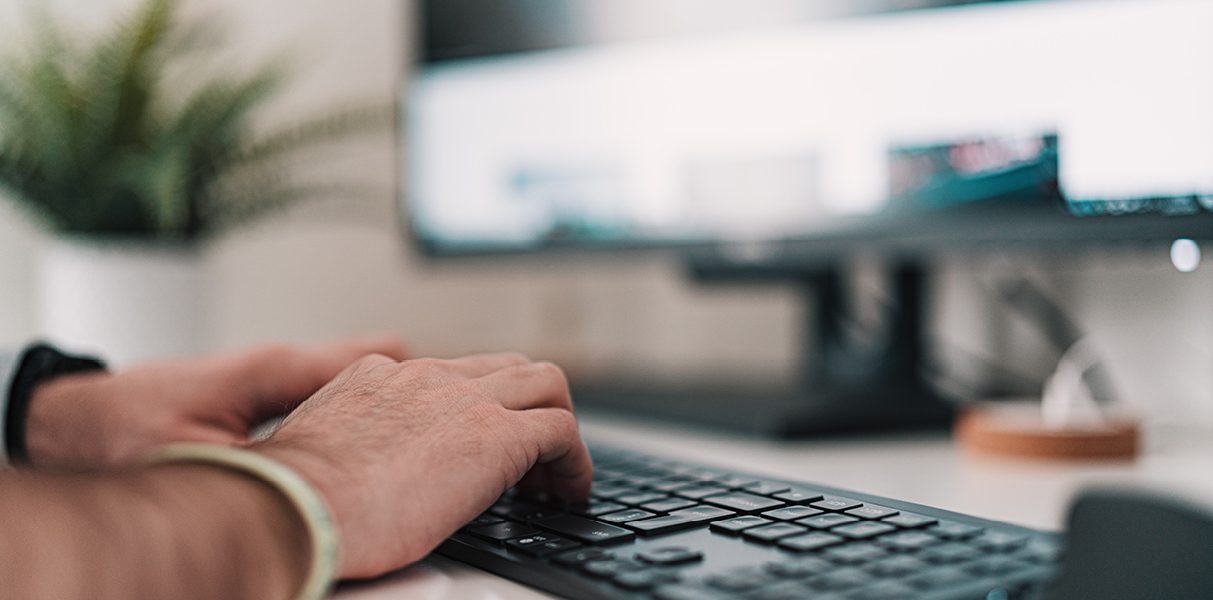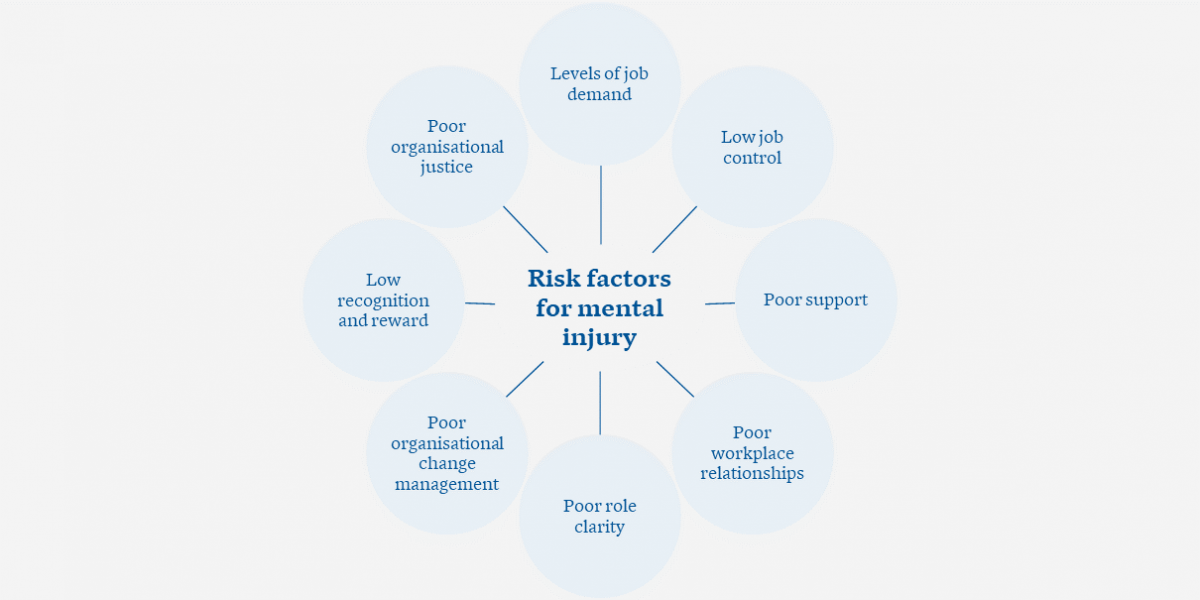COVID-19: Working from home and mental health


Amid the chaos and calamity of the past few weeks, and into the weeks and months ahead, workers compensation schemes face an unprecedented scenario: most white-collar workers doing their jobs from home.
In response, employers will be acting to ensure safe environments are in place to avoid potential physical injuries to their staff while working from home. Given the increased isolation in an uncertain world, it is equally important to recognise that many of the risk factors for psychological injury will also be heightened during these times.
Employers across the world are trying to protect their workers from exposure to the COVID-19 virus and do their bit to slow its spread. If an employee contracts the virus and work is proven to be the main contributing factor, the workers compensation scheme or self-insured employer will be liable. However, determining whether or not claims are compensable will not be straightforward. Schemes have already indicated that these matters will need to be addressed on a case-by-case basis.

This crisis has implications for schemes and employers beyond the immediate risk of contraction. Employers have a responsibility to provide a safe work environment for their employees, and as white-collar workers move to working from home, employers are:
- Obliged to ensure workspaces meet OHS standards
- Liable for injuries incurred during the course of working from home.
The almost overnight change in working arrangements has resulted in plenty of short-term teething issues, with reports that office chairs, desktop monitors and standing desks are sold out. Australian workplaces have responded with common sense, and many employers are allowing workers to take office furniture home. Nevertheless, some physical injuries while working from home will be sustained, having a financial impact on schemes and self-insured employers. While this presents a challenge, the much larger challenge is likely to be maintaining the mental health of the workforce while increasingly strict social isolation measures are enforced.
Before the arrival of COVID-19, Australian schemes were already grappling with the growing number of work-related mental injuries. Safe Work Australia estimates that each year about 7,200 Australians are compensated a total of more than $500 million for the mental injuries sustained during their employment. Mental injury claims can also be more challenging to manage for schemes. As Safe Work Australia reports, these claims typically involve lengthy periods of absence from the workforce, contributing to a median direct cost for mental injury claims that is significantly higher than observed for all workers compensation claims[1].
In the COVID-19 environment, we expect workplace mental injuries to rise even further.
-
Heightened risk factors for mental injury claims
In Figure 1 below we list the risk factors for mental injury, as outlined by Safe Work Australia[2].

Figure 1 – Risk factors for mental injury
It is likely that most, if not all, of these risk factors will be heightened with a workforce that is working remotely. For instance, demands on some employees may increase in times of crisis, which may result in low recognition and reward if communication and support channels for remote work are poorly established. As employers adapt to a new way of working, workers may have less input into decisions about the way they work. Role clarity may be difficult to establish as oversight by managers proves challenging in a virtual world.
-
Increased uncertainty and stress
Uncertainty creates stress and stress can exacerbate the risk factors identified above. Stress and anxiety associated with keeping a job or returning to work are generally heightened in an economic downturn, and may be even more so with the current health threat. It is plausible that many workplaces will need to undergo significant organisational change and some jobs may not be there to return to. Meaningful connection to the workplace may be dampened without the day-to-day in-person comradery and banter between colleagues. Work and home life might blur together, further increasing stress levels, and affecting productivity, whether or not workers claim for mental injury.
-
Greater impact on vulnerable workers
COVID-19 and its social consequences will almost certainly have a disproportionate effect on our most vulnerable. We know that those with pre-existing co-morbidities, whether work related or otherwise, are vulnerable to anxiety, stress and depression. These vulnerabilities are carried into the workplace, making those people even more susceptible to harm, now more than ever.
The cost of these heightened hazards will not be known for some time because employers have reduced visibility of the typical mechanisms for mental injury, such as stress, fatigue and bullying. Given this, it is important employers consider the behaviours and activities they can take to reduce the isolation of employees. Schemes (such as Comcare[3]) are beginning to release material to encourage these behaviours and share best practice.
1. https://www.safeworkaustralia.gov.au/system/files/documents/2002/psychosocial-health-and-safety-and-bullying-in-australian-workplaces-5th-edition.pdf
2. Adapted from: https://www.safeworkaustralia.gov.au/system/files/documents/1702/preventing-psychological-injury-under-whs-laws.pdf
3. https://www.comcare.gov.au/prevent-harm/coronavirus
Recent articles
Recent articles
More articles

Taylor Fry boosts climate expertise
Climate and financial risk specialist Dr Ramona Meyricke rejoins our ranks to lead our climate practice, as we focus on meaningful solutions
Read Article

LA wildfires – implications for the upcoming Australian reinsurance renewals
What are the flow-on effects of the January LA wildfires in Australia?
Read Article
Related articles
Related articles
More articles

Workers compensation and our ageing workforce
Australians are increasingly expected to work for longer and postpone retirement. Snigdha Prasad finds out why and explores scheme impacts
Read Article

Disability report reveals major inequality, need for collective action
The Actuaries Institute releases new research by Laura Dixie and Hugh Miller, examining systemic inequality for people with disability
Read Article





